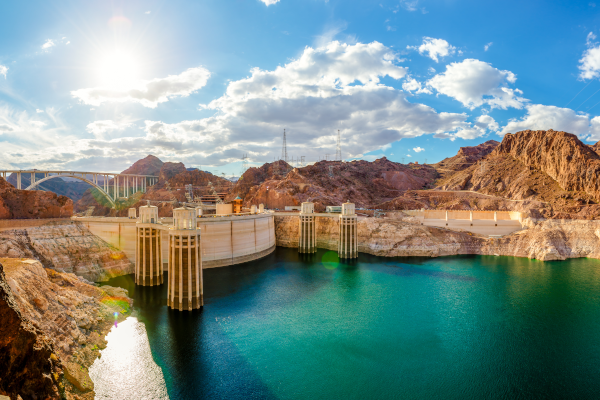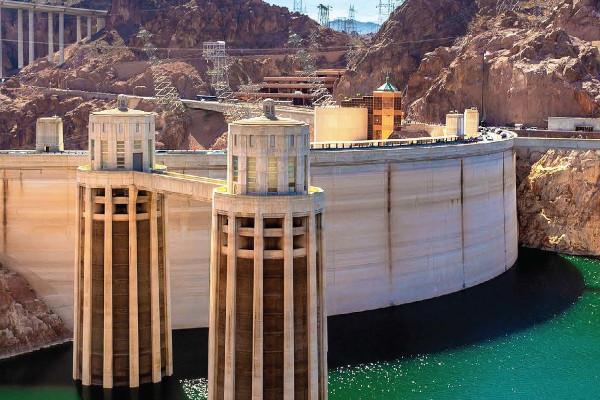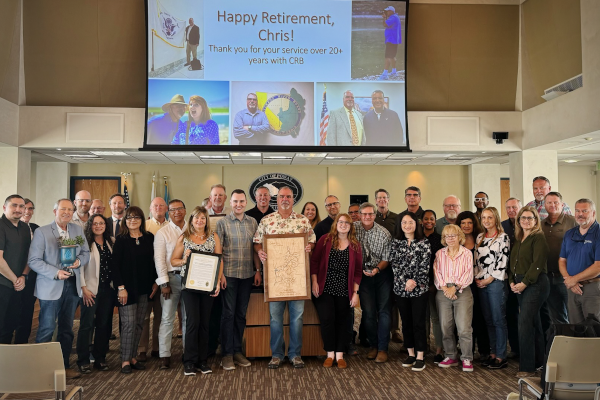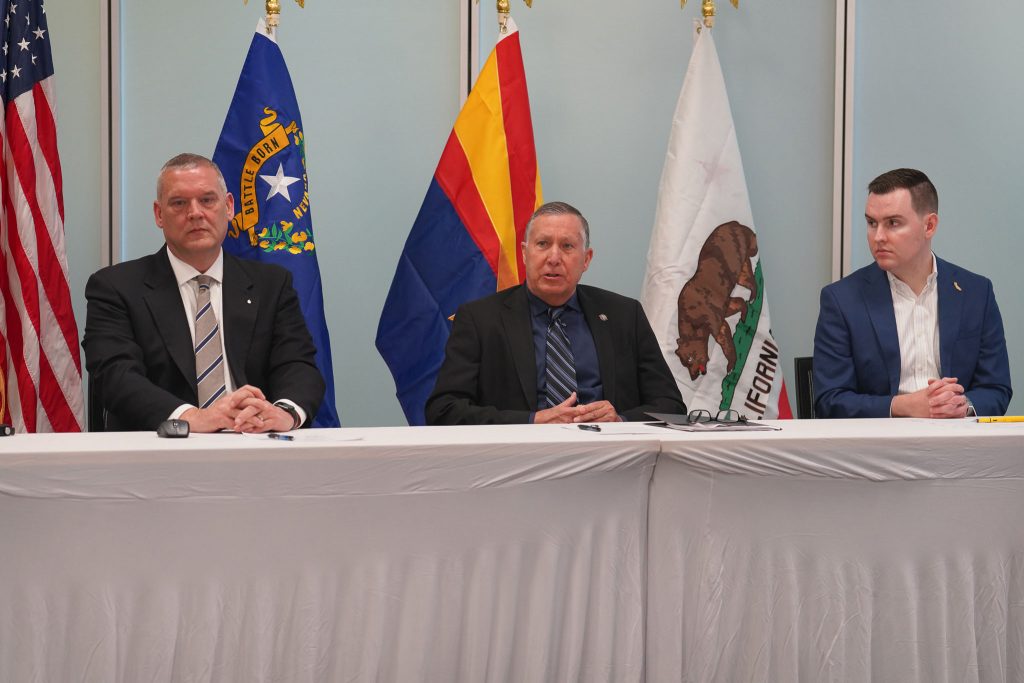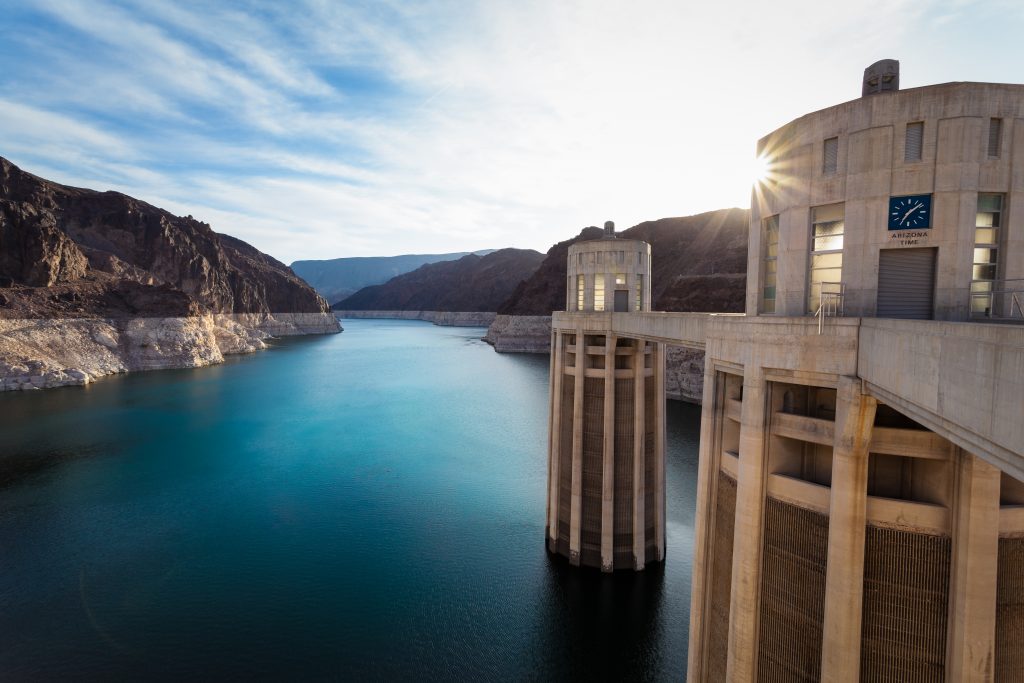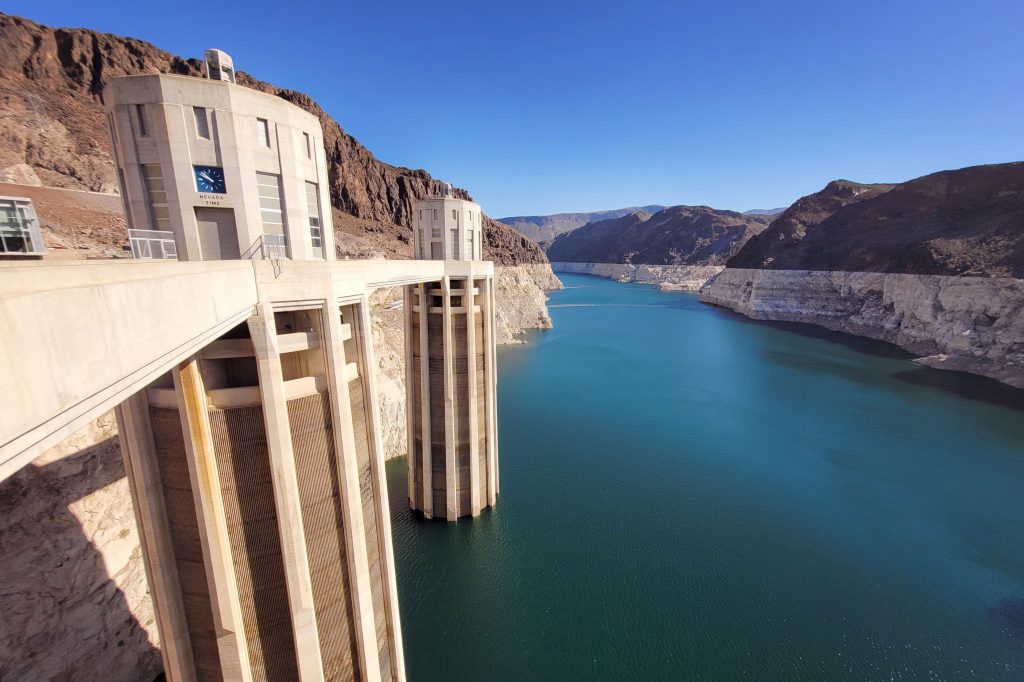Archives
Colorado River Board of California Seeks Executive Director to Advocate for State’s Water Rights
September 20, 2024
Category: News | Tags: Board News, Press Release
CRB Celebrates Retirement of Executive Director Chris Harris
August 22, 2024
Category: News | Tag: Board News
Arizona, California, Nevada Propose New Approach for Post-2026 Colorado River Operations
March 6, 2024
Category: News | Tags: Post-2026, Press Release
Arizona, California and Nevada Commit to Record-Setting Conservation to Protect the Colorado River
October 19, 2023
Categories: 2023, News | Tag: Press Release
California Backs Consensus Plan to Bolster the Colorado River
May 22, 2023
Categories: 2023, News | Tag: Press Release
California Responds to Reclamation’s Draft SEIS
April 11, 2023
Categories: 2023, News | Tag: Press Release
California Water Agencies Submit Colorado River Modeling Framework to Bureau of Reclamation
January 31, 2023
Categories: 2023, News | Tag: Press Release


